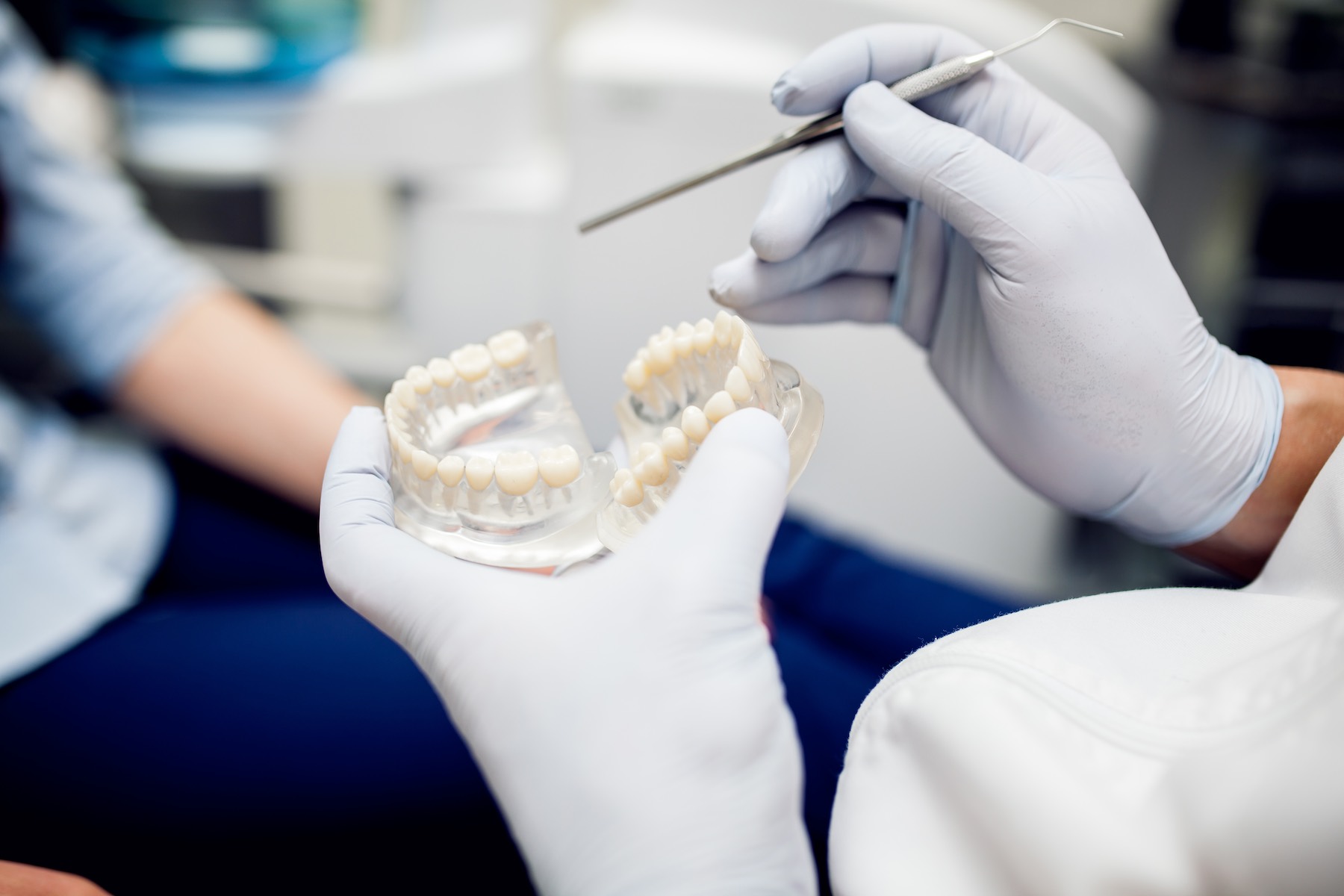A root canal appointment involves a series of steps to ensure oral health by removing damaged or infected tooth pulp. You can expect root canals Greenpoint, Brooklyn, NY, to help preserve your smile and prevent tooth extraction. You might experience symptoms like redness, swelling, and heat sensation in the affected area.
When do you need a root canal treatment?
You might need root canal therapy if your tooth pulp is injured or inflamed. The following are common causes that might lead to pulp damage.
- Oral trauma from a car accident or a direct hit, especially during contact sports
- Severe decay because of an untreated cavity
- Chips or cracks in your teeth
- Having a tooth that requires more than one dental treatment
What does the process entail?
Usually, root canal treatments require two dental visits to complete. The first visit involves removing the infected or damaged tooth pulp and treating the area, while during the second visit, you can have your dentist install your permanent dental crowns.
The following are the steps involved in a root canal treatment.
Step 1
When you get to the treatment room, your dentist will apply a numbing agent on your gums and the root of your teeth to ease discomfort and pain during the procedure.
Step 2
Once the local anesthetic sets in, your dentist accesses the affected tooth and, through its center, carefully removes the damaged pulp. Next, they clean and rinse the affected area with an antiseptic solution, removing bacteria, food particles, and plaque.
Step 3
Once the treatment area is clean, your specialist will fill the opening with a rubbery material called gutta-percha. When it dries, they will take impressions of your teeth and send them to a laboratory for manufacture.
Step 4
After a week, you can return to your dentist’s office for assessment. If your recovery is on track, your dentist will install the permanent crown and bond it. With the permanent crown, you can use your new tooth like your natural teeth.
Recovery
During recovery, you might experience pain, especially when the numbing agent wears off. Use over-the-counter medications or ice packs to ease pain and swelling. Wait to eat until the anesthetic wears off to avoid biting your cheeks.
Remember not to bite down on the treatment area, especially if you have a temporary crown and your dentist has not cleared you to do so. Practice good hygiene habits to keep off bacteria and avoid infections. A clean mouth can help expedite recovery. You can resume your usual routine after a day or two.
Complications to watch out for
Once you go home, your specialist might discuss what to watch out for during recovery, especially where pain and swelling are concerned. Typically, your pain should reduce within three days. However, if that is not the case, contact your specialist.
If you have a deep cavity or experienced tooth injury, visit Brooklyn City Dental for root canal therapy. You will meet qualified dentists and staff who can offer personalized treatment depending on your symptoms and goals. Call or book an appointment online and improve your oral health.








